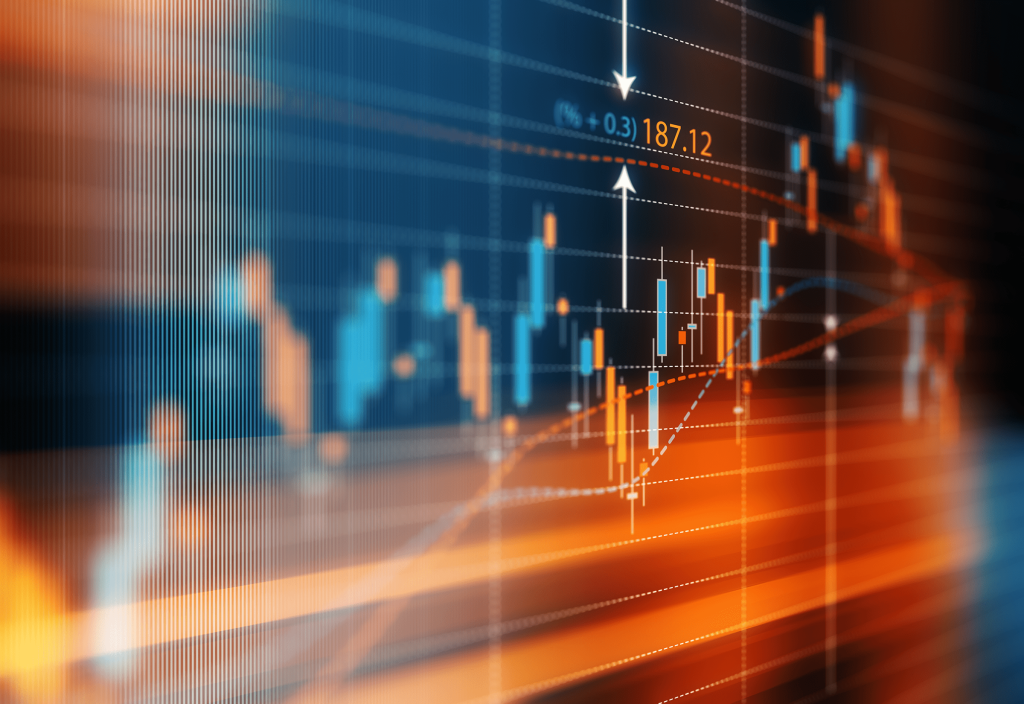In the ever-evolving landscape of financial markets, the integration of AI and machine learning technologies is reshaping the future of trading. These technologies are not merely augmenting human decision-making processes; they are fundamentally transforming how trading is conducted, analyzed, and strategized. Through sophisticated algorithms and vast datasets, AI systems can rapidly process information, identify patterns, and execute trades with unparalleled speed and precision. This capability has led to the rise of algorithmic trading, where trades are automatically executed based on predefined criteria, minimizing human error and maximizing efficiency. One of the key advantages of AI and machine learning in trading is their ability to analyze massive volumes of data in real-time. Financial markets generate an abundance of data, including market prices, news headlines, social media sentiment, and macroeconomic indicators. AI algorithms can sift through this data, identifying correlations and trends that may not be apparent to human traders. By leveraging this information, AI systems can make informed predictions about future market movements, helping traders capitalize on opportunities and mitigate risks.

Furthermore, AI-driven trading systems are capable of adapting and learning from market dynamics over time. Machine learning algorithms can continuously refine their strategies based on feedback from past trades, improving their performance and effectiveness. This adaptability is particularly valuable in volatile and unpredictable markets, where traditional trading strategies may falter. Additionally, AI systems can detect anomalies and outliers in market data, alerting traders to potential risks or opportunities that may have otherwise gone unnoticed. However, the widespread adoption of AI in financial markets also raises concerns about algorithmic biases and systemic risks. AI algorithms are only as good as the data they are trained on, and if this data contains biases or inaccuracies, it can lead to flawed decision-making and unintended consequences. Moreover, the increasing interconnectedness of AI-driven trading systems could amplify market volatility and trigger cascading effects in the event of a major disruption or malfunction. Despite these challenges, the potential benefits of AI and machine learning in trading are undeniable.
By automating routine tasks and providing valuable insights of xtrade review, AI systems can free up human traders to focus on higher-level strategic thinking and decision-making. Moreover, AI-driven trading strategies have the potential to outperform traditional approaches, generating higher returns and reducing trading costs. Looking ahead, the future of trading will likely be characterized by a symbiotic relationship between humans and machines. While AI algorithms can process data at speeds and scales beyond human capability, they lack the intuition, creativity, and emotional intelligence that human traders bring to the table. Therefore, successful trading strategies will likely combine the strengths of both AI and human traders, leveraging technology to enhance decision-making while also incorporating human judgment and oversight. In conclusion, AI and machine learning are poised to revolutionize the financial markets, offering unprecedented opportunities for traders to gain a competitive edge. However, realizing the full potential of these technologies will require addressing challenges related to bias, transparency, and systemic risk. By striking a balance between automation and human expertise, the future of trading holds promises for greater efficiency, innovation, and profitability in financial markets.